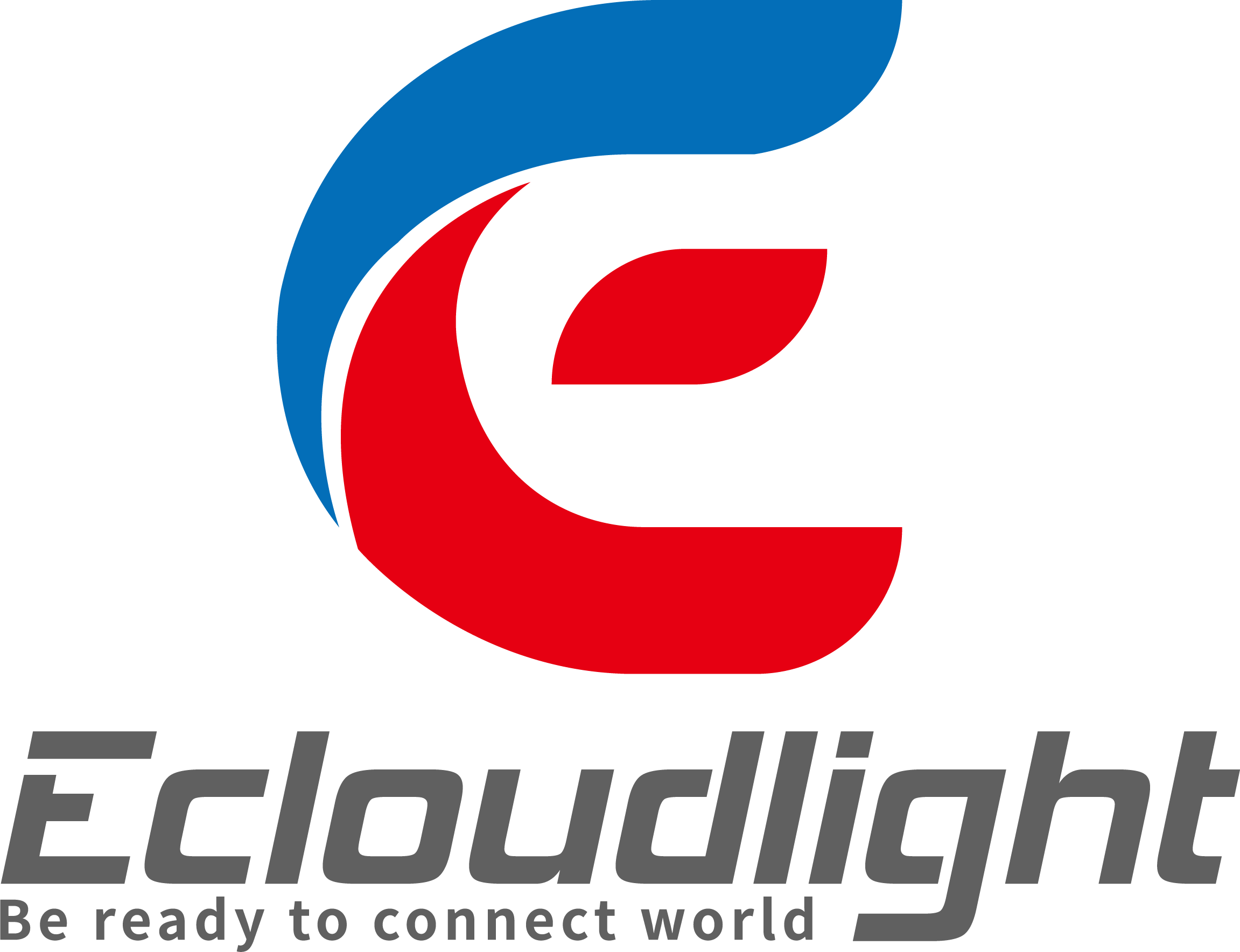QSFP VS SFP modules 4 Differences you should Know
SFP+ was released in 2006, and has been the best-selling 10G optical module so far due to its small size and performance equivalent to GBIC. QSFP+ has a transmission rate of up to 40G and lower power consumption, both commonly used optical modules in the access layer and core layer switches in data centers and campus networks. This blog will explain to you what is sfp+, what is 40g qsfp+, and make a comprehensive comparison of QSFP vs SFP. Ecloudlight will tell you how to choose an optical module.
What is 10g SFP+ transceiver?
10G SFP+ modules and packages are very similar to 1G SFP modules, but unlike SFPs developed from GBICs, SFP+ modules are developed from XFP modules. In the past, people applied XFP modules on a large scale, but this 10G module has the disadvantage of large size, which affects the efficiency of high-density transmission. At that time, an idea was put forward. A single optical signal can already reach the speed of 10Gbps. Can the Form factor of 1G SFP be used to transmit 10G signals? Facts have proved that this assumption is entirely correct. SFP+ modules were developed in 2006, and SFP+ quickly occupied a large share of the 10G optical module market in the following years. Today, more than 95% of the 10G modules in data centers are SFP+ modules. This module is only one-half the size of the XFP module, and the power consumption has been further reduced without any reduction in functionality. In terms of the selling price, the price of SFP+ modules is even lower than XFP modules. This is also because of its huge sales volume and the cost of production is flattened. The results of the market prove the success of SFP+ modules. But it is always a 10G rate module, and with today's huge increase in data transmission, 40G and 100G modules are becoming increasingly important.

Figure 1: SFP transceiver module
What is 40G QSFP+ optic module and QSFP wiki
The predecessor of QSFP module is CFP module. The CFP module is a high-speed optical module with a rate of 40G and 100G. There are 4 10 lasers inside, and each laser transmits 10G optical signal. The biggest drawback of the CFP module is that its volume is too large, and the corresponding power consumption is also very high, leading to high cost. The module is not suitable for large-scale applications in data centers.
By 2016, QSFP modules appeared. The volume of this module is only twice as large as that of SFP, but it can provide 40G/100G transmission rate. Its volume is only a quarter of the CFP module, and the power consumption has been greatly reduced. The full name of QSFP is Quad Small Form-factor Pluggable. Quad means that this transceiver is 4-channel. The 40G qsfp+ module's maximum rate is 44.8Gbps, and the maximum rate per channel is 11.2G. There are two types of connectors, LC duplex and MTP/MPO-12 connectors. The MTP/MPO interface is suitable for multi-mode QSFP+ models, such as QSFP+ SR4. This QSFP-40G-SR4 module can transmit 150m via OM4. With the MTP-LC break out jumper, it can build a link with the 10G SR module, which is very suitable for connecting the core layer to the distribution layer in the enterprise network.
Like SFP+ modules, QSFP+ modules have DOM functions, which can monitor the real-time conditions of various parameters, such as luminous power, received optical power, and temperature. It can also support hot plugging. This module is available at Ecloudlight at a very competitive price, please check it out.

Figure 2: QSFP+ transceiver module
QSFP vs SFP - Difference Between SFP+ and QSFP+
In the previous content, we have introduced the birth process and characteristics of QSFP+ and SFP+ in detail. So what are the differences between the two? We list the following points for reference.
QSFP vs SFP cage
Both QSFP and SFP are optical modules in a compact package. The shape of the two is very different. The size of the SFP module is smaller than that of the QSFP interface, and there is a metal pull ring at the front of the module for plugging and unplugging. The pull ring of QSFP is much more obvious. The U-shaped pull ring in front of the entire module interface can be used to pull out. The picture comparison below shows this.

Figure 3: QSFP vs SFP form-factors comparison
QSFP+ vs SFP+ Specifications
| SFP+ | QSFP+ | |
|---|---|---|
| Standard |
IEEE 802.3ae SFP+ MSA SFF-8472 SFF-8431 SFF-843 |
EEE 802.3ba QSFP+ MSA SFF-8436 SFF-8636 Infiniband 40G QDR |
| Connector | LC/SC/RJ45 | LC/MTP |
| Data rate | 9.95Gb/s to 10.5Gb/s | 39.8 Gb/s to 44.6 Gb/s |
| Max Distance | 80km | 40km |
| DDM | YES | YES |
| Temperature | COM/IND | COM/IND |
The biggest difference between QSFP+ and SFP+ is their parameters. The following table compares the parameters of the two. It can be seen that QSFP+ is used to have 4 parallel laser interfaces, and the maximum transmission rate is four times that of SFP+.
QSFP vs SFP Application
The positioning of SFP+ in the network structure is mainly used by the access layer equipment, while the QSFP+ module is positioned at the aggregation layer equipment and the core layer equipment. The two can be combined with each other. As shown below. The application scenarios of the two are very similar, and are common in campus networks and data centers, as well as intra-enterprise networks.
QSFP+ VS SFP+ Price
| 10G SFP+ | 40G QSFP+ | |||||
|---|---|---|---|---|---|---|
| Model | SFP-10G-SR | SFP-10G-LR | SFP-10G-ER | QSFP-40G-SR4 | QSFP-40G-LR4 | QSFP-40G-ER4 |
| Distance | 300m | 10km | 40km | 150m | 10km | 40km |
| Price | $9.9 | $15.9 | $55.9 | $28.9 | $109 | $419 |
As shown in the above table, under the same transmission distance parameter, the price of 40G QSFP+ is higher than that of SFP+. But in short-distance applications, the price of QSFP+ 40GBASE-SR4 is not much higher than that of 10G SFP+. Therefore, in data center applications, the QSFP-40G-SR4 module is the most widely used.
Summary
What is the difference between SFP and QSFP? In general, the difference between QSFP and SFP lies in 3 aspects: the sfp qsfp cage, the date rate and the price. The module pull ring of QSFP is more conspicuous and longer. The QSFP has four transmission channels, each running at 10Gbit/s, supporting a data rate of 40Gbit/s. Today, QSFP has evolved to QSFP28 and QSFP-DD versions, which support 100G and 400G rates, respectively. How to choose the suitable QSFP+ module? We will answer in a follow-up article.











